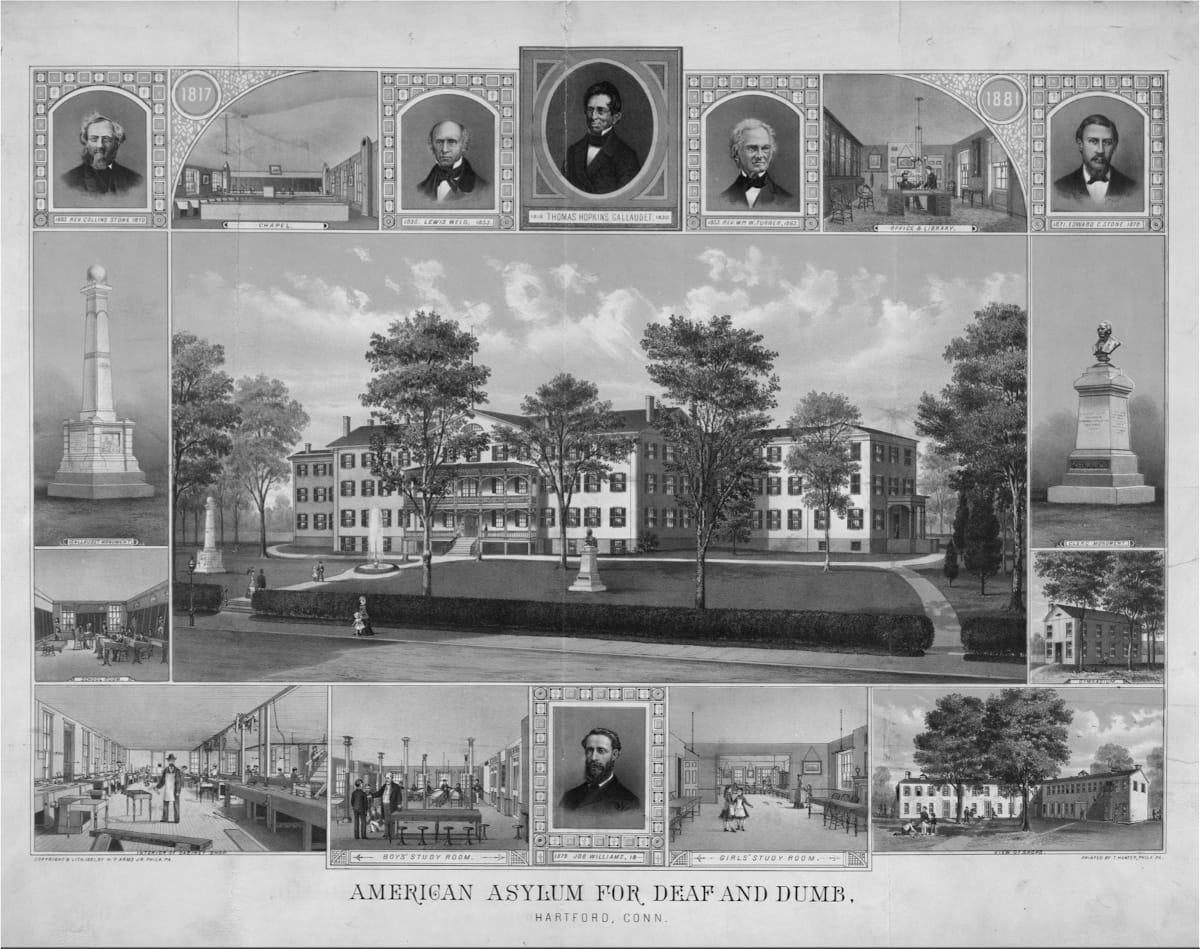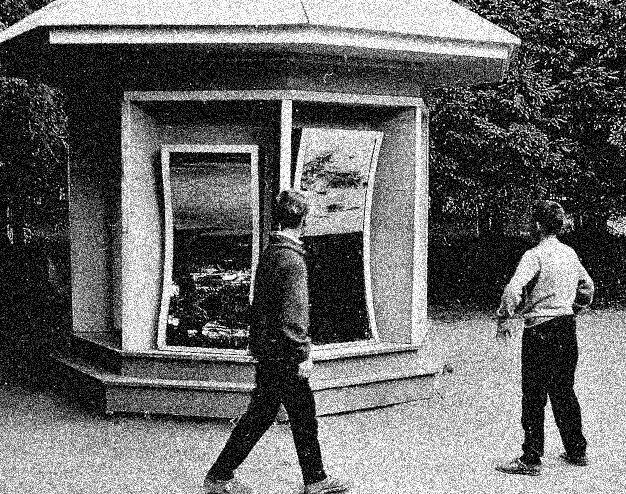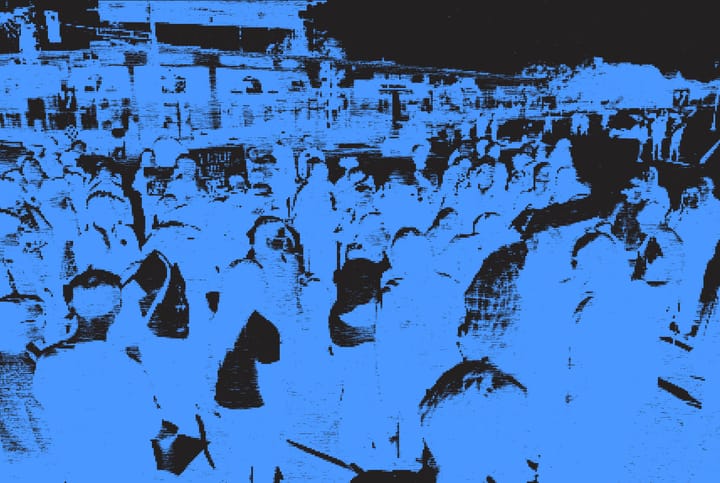What was Psychiatric Deinstitutionalization?
An interview with sociologist and historian of psychiatry Andrew Scull about the history and legacy of psychiatric deinstitutionalization.

Damage Magazine: What did care for the mentally ill look like before the rise of the asylums?
Andrew Scull: Well, that's going back a very long way. The asylum becomes the primary response to serious forms of mental illness beginning in the early nineteenth century, and as far as America's concerned, 1820’s, '30s, '40s. Before that, it depends a bit on where you are geographically. If you're talking about the United States, as far as we know, virtually everything revolved around the family. It was the family's responsibility to somehow cope, as best they could, with a deranged member. If there were no family members, then communities often intervened in an ad hoc fashion, often simply by locking them up in some informal fashion, as best they could, particularly if somebody were considered to be a dangerous person because of their mental distress.
That had been the case for many centuries in England. Beginning, even in the late seventeenth century, we see a handful of small, private madhouses operated for profit beginning to emerge, and a few charity asylums, the most famous of which dates all the way back into the twelfth century. That's Bethlehem Hospital, or Bedlam, as it was called. But we're talking about a very, very tiny fraction of people institutionalized in such places. At the end of the eighteenth century in England, there were maybe a couple thousand in such institutions, and a very wide range of experiences for those who were confined in them.
The asylum is essentially a nineteenth-century creation. It became apparent that mental illness bankrupts people, that it makes them unable to provide for themselves, and because its victims are incapable of work, mental illness tends to crash household resources. So whereas medical care remains a commodity you have to pay for, increasingly in the nineteenth century, on a state by state basis in the United States, state asylums begin to emerge, paid for by the public. The lunatics, as they're then called, are confined largely at public expense, sometimes with subventions from the family if they have some money.
There is a small private sector that emerges in the United States and some of those hospitals persist all the way down to today. The McLean Hospital, in the Boston area, being one example. Others of them have changed location, or names. There was one called the Hartford Retreat, set up in Connecticut at a time when Hartford was a very affluent part of the country. That, now, is called the Institute of Living—an attempt, I think, to disguise what it's about. Unfortunately, its address is “Asylum Avenue, Hartford, Connecticut,” so it doesn't quite work.
So, asylums begin in America. Once the notion has arisen that asylums might be able to cure mental illness, in a time of extreme optimism about what they can do, the main driving force spreading that notion and getting states to sign on to the expense of building these places is a woman named Dorothea Dix from Boston. At a time when women had no vote and were largely excluded from public life, this single, moral entrepreneur travels the length and breadth of the United States persuading good ol’ boy politicians that they need to spend money on this project.
Thanks to Dix and others, asylums grow rapidly in both number and size. So by the end of the nineteenth century, asylums of 1000, 5000, and even, in the case of Milledgeville, 10 or 12,000 patients, had arrived on the scene. From then forward until at least the middle of the twentieth century, the major official response to serious mental illness is to put people in institutions. Not everybody ends up there, of course, but we're talking by 1950, half a million people, on any given day, in state and county mental hospitals across the US.
DM: In accounting for the rise of the asylums you talk about moral entrepreneurs like Dix, and about the economic burden of caring for the mentally ill on individual families, but were there broader political economic shifts that gave rise to what you call the “empire of asylumdom”?
AS: Yes. I think there were. Geographical mobility, urbanization, the separation of work from the home, all of these things multiplied problems for families. They often broke extended families down. They made it much more difficult for families to use traditional expedience to cope with people at home.
This is also a time when states, including the United States, start to invest in institutional solutions to all sorts of social problems: poverty in the form of workhouses, prisons in the form of penitentiaries, and much more elaborate prison regimes, even institutions for other kinds of people who are seen as socially problematic, or have problems that are hard to cope with—institutions for the blind, institutions for juvenile delinquents. The nineteenth century sees the rise of that whole enterprise. Of course, it's dependent upon the expanding power of the state, its ability to tax, but also on an ideological shift that sees these kinds of institutions as a solution to the problems of crime, mental illness, or poverty.



